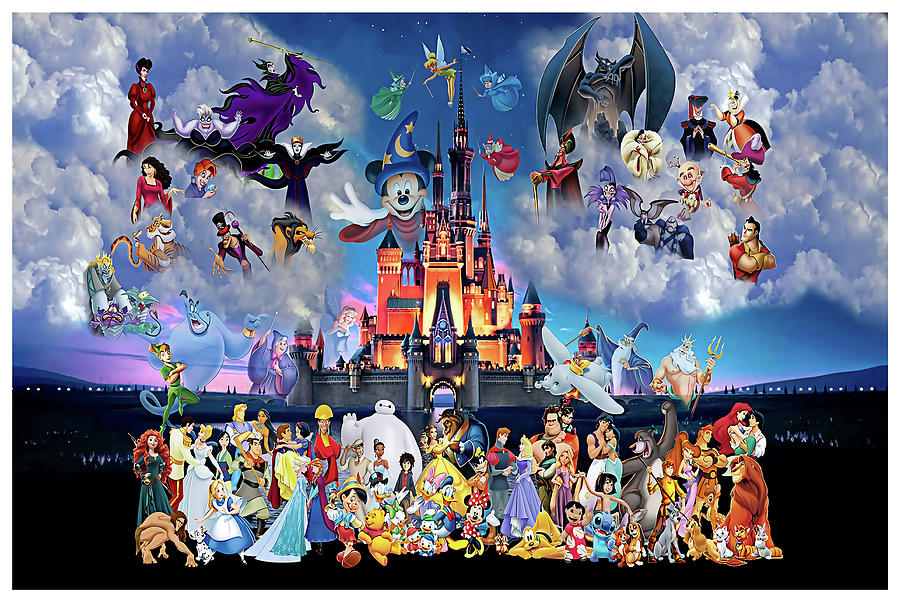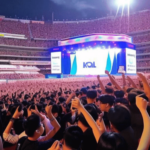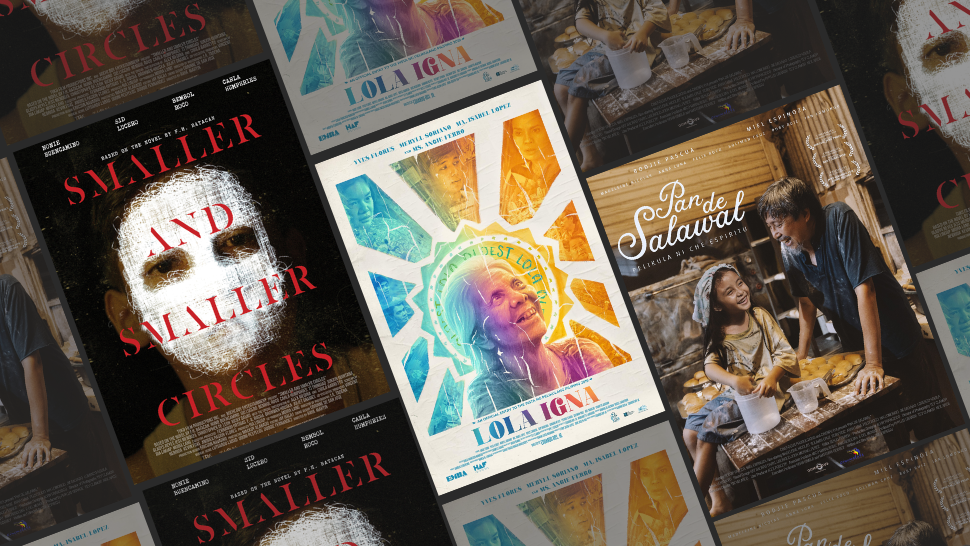Animation has been a staple of the entertainment industry for decades. Whether it’s the iconic Mickey Mouse or the beloved characters from Studio Ghibli, animation has captured the hearts of audiences worldwide. But what goes into creating these characters and stories, and how has technology shaped the way we view and produce animation?
At its core, animation is the process of creating the illusion of motion through a series of static images. This can be achieved through a variety of techniques, from traditional hand-drawn animation to the latest 3D digital animation software. The principles of animation, such as squash and stretch and anticipation, have been developed over time to create a sense of fluidity and realism in animated characters.
Creating characters and stories is another crucial aspect of animation. Designing a memorable character involves crafting a unique appearance and personality that audiences can connect with. Similarly, developing a compelling story requires careful planning of the plot, dialogue, and world-building elements that bring a story to life. From the timeless tales of classic Disney films to the complex narratives of anime, animation has the power to tell stories that captivate and inspire.
Technology has played a significant role in shaping the way we produce and consume animation. With advances in animation software and hardware, animators can create complex, lifelike characters and environments that were once impossible to achieve. The use of computer-generated imagery (CGI) has become increasingly prevalent in modern animation, allowing for greater detail and realism in characters and settings.
The rise of digital animation has also led to a democratization of the animation industry. With affordable software and hardware widely available, anyone can create their own animated works and share them with the world. This has led to a surge of independent animators and studios producing unique and creative works that may not have been possible in the past.
However, the business of animation remains a complex and competitive industry. Animation studios often invest millions of dollars into the production of a single film or series, with the hopes of recouping their costs through box office revenue, merchandise sales, and licensing deals. The success of animated films and shows can also have a significant impact on the entertainment industry as a whole, with franchises like Disney’s Marvel and Star Wars leading the way in terms of box office earnings and cultural influence.
Despite the challenges of the industry, animation remains an art form that inspires and entertains people of all ages. The legacy of animators like Walt Disney and Hayao Miyazaki continues to influence the industry today, with new animators and studios carrying on the tradition of bringing characters and stories to life through animation.
In conclusion, the art of animation is a complex and multifaceted process that requires skill, creativity, and dedication. From the principles of animation to the latest advances in technology, animators must navigate a constantly evolving landscape to create works that captivate and inspire audiences. Whether it’s the timeless classics of Disney or the groundbreaking works of independent animators, animation has the power to bring characters and stories to life in a way that transcends language and culture.





